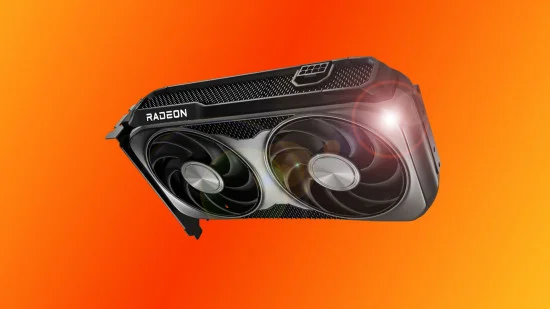
AMD’s Computex 2025: VRAM Debate, RX 9060 XT vs RTX 5060, and Threadripper 9000 Series
AMD is making waves at Computex 2025, diving headfirst into the ongoing VRAM debate while simultaneously launching new hardware to challenge Nvidia and Intel. The announcements cover everything from gaming GPUs to high-end desktop processors, offering a mixed bag of performance upgrades and controversial design choices. Here's a breakdown of the key takeaways.
The battle for budget gaming supremacy is heating up as AMD unveils its Radeon RX 9060 XT, poised to take on Nvidia's GeForce RTX 5060. Both cards wade into the controversial waters of 8GB of VRAM in 2025. AMD's Frank Azor sparked debate by claiming that "most gamers have no use for more than 8GB" of VRAM, a statement that's drawn both support and criticism. 
Despite the VRAM debate, the RX 9060 XT promises impressive specs, including 32 RDNA 4 compute units and a boost clock of 3.13GHz. It also boasts support for DisplayPort 2.1a and HDMI 2.1b, with a board power ranging from 150 to 182 watts. 
Moving beyond gaming, AMD also unveiled its Ryzen Threadripper 9000 family, designed for high-end desktop (HEDT) and workstation users. 
The Threadripper 9000 series retains the sTR5 socket and is compatible with existing WR90/TRX50 motherboards, requiring only a BIOS update. The key upgrade lies in the Zen 5 architecture, which brings a performance boost, including full-speed AVX-512 support. AMD is targeting content creation, coding, and localized AI training as key use cases, touting IPC gains of around 16% compared to the previous generation. The new chips are expected to be available in July.
With these announcements, AMD is positioning itself as a strong contender in both the gaming and professional markets. However, the VRAM debate surrounding the RX 9060 XT and RTX 5060 highlights a growing concern about the long-term viability of budget GPUs with limited memory. Will 8GB be enough for the next generation of games? As AMD's new hardware arrives, it will be interesting to see how these performance claims stand up against real-world workloads.
What are your thoughts on AMD's Computex reveals? Do you think 8GB of VRAM is sufficient in 2025? Share your opinions and predictions in the comments below!